Journal of Horticulture
Open Access
ISSN: 2376-0354
ISSN: 2376-0354
Review Article - (2023)Volume 10, Issue 1
Grafting is the joining of two or more plant tissue fragments that are compelled to form a vascular link and develop into a single plant. For thousands of years, fruit trees in particular have been grafted, and more recently, vegetables. Four steps are involved in grafting: Choosing the rootstock and scion species, physically forming the graft union, mending the union, and acclimating the grafted plant. Vegetable grafting is seen as a quick substitute for the traditional breeding strategy for boosting plant resilience to abiotic stress. Watermelon flesh quality is reduced, hardness is raised, shelf life is improved, and field holding skills are improved when grafted onto interspecific hybrid rootstocks. The purpose of rootstock research and tomato grafting is to extend the harvest season.
Chemical soil; Salinity; Alkalinity; Heavy metals; Biochemical disorders
India has witnessed increase in horticulture production over the last few years. Significant progress has been made in area expansion resulting in higher production. Over the last decade, the area under horticulture grew by 2.6% per annum and annual production increased by 4.8%. During 2017-2018, production of horticulture crops was 311.71 million tonnes from an area of 25.43 m ha. As per the second advance estimate, total horticulture production in 2020-2021 is estimated to be 329.86 million tonne, an increase of about 9.39 million tonne (2.93%) over 2019-2020. India has made quantum jump in vegetable production, which has increased from 58.53 MT to 184.40 MT since 1991-92 to 2017-18. Production of vegetables is estimated to be 196.27 million tonne in 2020-2021 compared to 188.28 million tonne in 2019-2020 an increase of 4.24% contributed mainly by potato, onion, brinjal and cabbage [1]. Vegetables are susceptible to a number of biotic and abiotic stressors along with the cumulative pressure of climate change. These include salinity, alkalinity, heavy metals, and excessive amount of trace elements. Plants exposed to adverse chemical soil conditions exhibit various physiological and biochemical disorders leading to stunted growth and severe yield loss [2].
Grafting is an environmentally friendly, efficient, rapid, and integrative reciprocal process in which both scion and rootstock influence the grafted plant. This technique was first used in watermelon in Japan. Grafting in vegetable crop is a skill of joining together two plant parts and grows as a sole plant. Resistant roots stocks are one of the best tools for vegetable production using grafting in vegetable crops. It is accomplished mostly by connecting two plant segments i.e. shoot piece known as ‘scion’ and the root piece called ‘rootstock’ (stock). Grafting high yield scions onto resistant rootstocks has been a common practice to overcome such stresses to growth in the last four decades in both the solanaceae and cucurbitaceae (Figure 1) [3].
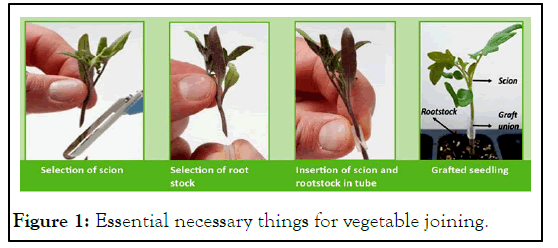
Figure 1: Essential necessary things for vegetable joining.
• Rootstock/scion selection: Selection of root stock and scion is the single most important step in grafting. 2-3 true leaf stage is appropriate time for joining. Proper physiological stage is the best stage for grafting operation.
• Compatibility of graft: Both scion and rootstock must compatible to each other. Different methods and techniques are used to hold together tightly to the cut surfaces. Water and nutrients supplied from the rootstock to the scion for rapid growth and development of the graft union.
• Joining aids: Plastic tub, gloves, tubes, joining blade, grafting clips and pins are most commonly used aids for grafting.
• Screening house: It should be built with 60 mesh nylon net. Double door systems of screening house are used to reduce the entrance of insect.
• Healing of joins: Healing is most very important to provide good/willing conditions to help callus formation of joined seedlings. In healing room, temperature should be 28°C-29°C with 95% relative humidity for 5 days-7 days in partially shaded place to encourage callus development at union. It helps in development of better union by maintaining the micro climate. The main aim is to create surrounding conditions by controlling temperature and humidity [4].
Methods of vegetable grafting
A number of grafting techniques are used in vegetable crops. These methods are:
Hole insertion grafting/top insertion grafting: The diameter of the scion stem must be smaller than the diameter of the rootstock stem so that the scion can be inserted into a hole made with a pointed probe between the two cotyledons of the rootstock (Figure 2) [5].
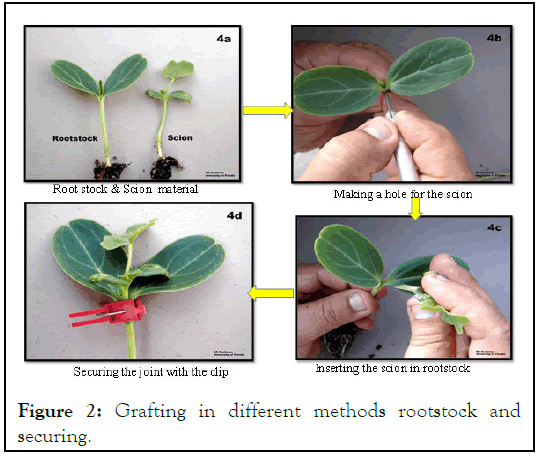
Figure 2: Grafting in different methods rootstock and securing.
Tongue approach grafting: In scion and rootstock, hypocotyls are cut in such a way that they tongue into each other and the graft is secured with a plastic clip (Figure 3).
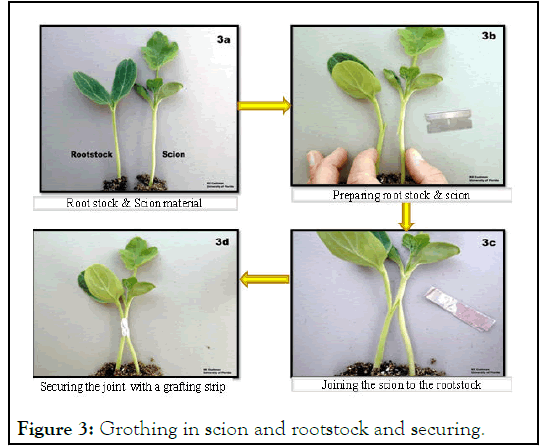
Figure 3: Grothing in scion and rootstock and securing.
Cleft grafting: Cut the rootstock horizontally and make an incision in the stem, cut the scion into a wedge and insert it into the rootstock then attach with a grafting clip (Figure 4) [6].
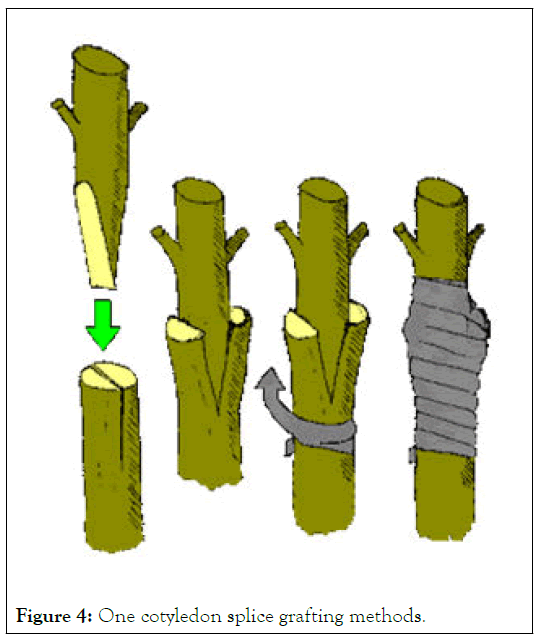
Figure 4: One cotyledon splice grafting methods.
One cotyledon/slant/splice grafting: It has recently been adopted by commercial seedling nurseries and applicable to most vegetables. This method has been developed for robotic grafting of cucurbits (Figure 5).
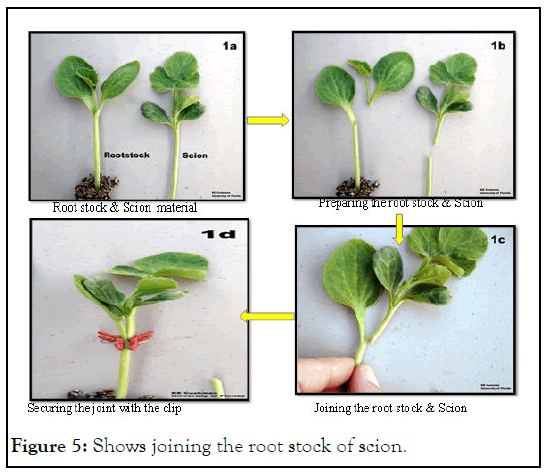
Figure 5: Shows joining the root stock of scion.
Tube grafting: It is similar to slant grafting except that in this method elastic tube is used instead of clips to secure root stock and scion joint (Figure 6).
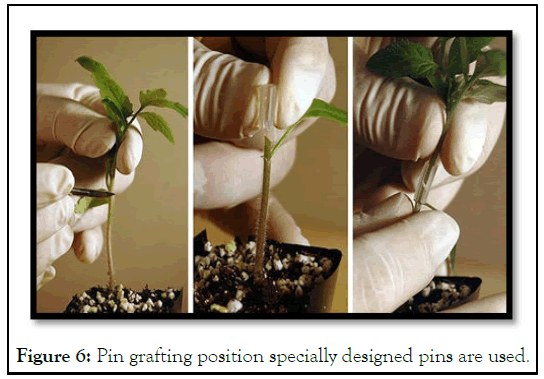
Figure 6: Pin grafting position specially designed pins are used.
Pin grafting: Is basically the same as the splice grafting. Instead of placing grafting clips to hold the grafted position, specially designed pins are used.
Grafting robots: Can graft 1,000 tomato or eggplant seedlings per hour and has more functions such as automatically selecting matching rootstock and scion seedlings (Figure 7) [7].
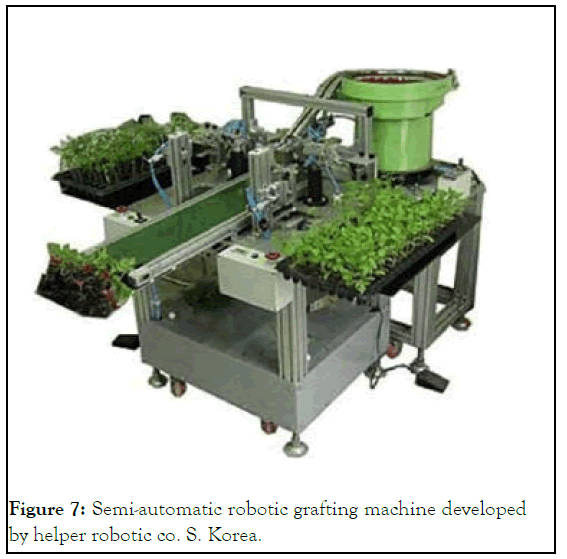
Figure 7: Semi-automatic robotic grafting machine developed by helper robotic co. S. Korea.
Grafting abiotic stress management tool
Among the various environmental stressors, extreme temperatures, drought and flooding (due to erratic rainfall), and salinity are the major limiting factors for the sustainable production of agricultural and horticultural crops (Table 1). The severity of these stresses on plants depends on the growth stage, type, and length of exposure to the stress. There are numerous studies describing the use of grafting techniques on different vegetable crops to improve tolerance against a broad spectrum of environmental stresses (Table 2) [8].
| Robots | Model | Developed by | Vegetable crops |
|---|---|---|---|
| AG1000 robot | Fully automated | Yanmar agricultural equpiment Co. (osaka, japan) 1994 | Solanaceous |
| Iseki’s GR800 and GR-600 | Semi-automated | Helper robotech co., gimhae, korea | Cucurbits |
| Arnabat S.A. | Semi-automated | Barcelona, (spain) 2000. | Cucurbits, solanaceous |
Table 1: Some robots developed for vegetable grafting.
| Vegetable crops(scion) | Rootstock | Grafting method |
|---|---|---|
| Brinjal | Solanum torvum | Tongue and cleft method |
| S. sissymbrifolium | Cleft method | |
| S. khasianum | Tongue and cleft method | |
| Tomato | S. pimpinellifolium | cleft method |
| S. nigrum | Tongue and cleft method | |
| Cucumber | Cucurbita moschata | Hole insertion and tongue method |
| C. maxima | Tongue method | |
| Watermelon | Benincasa hispida | Hole insertion and cleft method |
| Cucurbita moschata | Hole insertion and cleft method | |
| C. melo | Cleft method | |
| C. moschata xc. moschata | Hole insertion method | |
| Lagenaria siceraria | Splice grafting | |
| Bitter gourd | C. moschata | Hole insertion and tongue method |
| Lagenaria siceraria | Hole insertion method | |
| Bottle gourd | C. moschata, luffa spp. | Hole insertion method |
Table 2: Grafting methods and rootstocks used in vegetable crops.
Vegetable grafting against flooding tolerance
Excessive moisture due to unpredictable heavy rainfall adversely affects the production of many vegetable crops. High moisture in the soil causes the reduction of oxygen in the roots of plants by altering photosynthesis and the water potential. In an experiment by Bhat, et al., a commercial tomato cultivar Arka rakshak was grafted onto four eggplant rootstocks, such as BPLH-1, Neelkanth, Mattu gulla, and arka keshav. The results of this study showed that grafting significantly affected yield in flooded and nonflooded conditions. After 5 days of flooding, none and self-grafted plants died, but two combinations Arka Rakshak/Arka Keshav and Arka Rakshak/BPLH-1 exhibited better performance [9].
Vegetable grafting against drought tolerance
Drought is another serious water stress problem for sustainable vegetable production worldwide, resulting from water deficit under water limiting conditions. Decreased precipitation, along with increased mean air temperature, could be the reason for reduced availability of irrigation water. An upsurge in evapotranspiration would also be anticipated under drought conditions, as vegetables contain about 90% water, scion of watermelon (Citrullus lanatus) grafted onto bottle gourd (Lagenaria siceraria) or squash Cucurbita maxima × Cucurbita moschata) rootstock elicited a change in the expression of more than 40 mRNAs.
Vegetable grafting against thermal stress
Vegetable crops are highly sensitive to both low and high temperatures. High temperature conditions are usually seen during the growing season in a tropical environment. The plants of heat sensitive tomato cultivar ‘UC 82-B’ were grafted onto the heat tolerant tomato cultivar rootstock ‘summerset’ and the eggplant cultivar rootstock ‘black beauty’. The results indicated that plants grafted onto the black beauty rootstock exhibited significantly more chlorophyll fluorescence at late fruiting stage, greater leaf area, and lower values of electrolyte leakage than non grafted tomato.
Vegetable grafting against salinity stress
About 7% of the world area and close to 20% of the arable irrigated land are affected by soil salinity. Salinity negatively affects plant production and growth. Recent studies have concluded that grafting is a highly efficient way to improve salt tolerance. When bottle gourd was used as a rootstock, the salt tolerance capacity of watermelon plants improved several folds. In the case of muskmelon, Orsini, et al., found that interspecific squash rootstock (Cucurbita maxima × Cucurbita moschata duch.) increased salt tolerance, along with plant biomass and leaf area, in the grafted muskmelon compared to non grafted control plants.
Limitations in grafting of vegetable crops
• This practice is labour intensive and required expert people.
• Time management is necessary for sowing of rootstock and scion seeds.
• For graft healing controlled environment is required.
• Incompatibility of rootstock and scion.
• Seed borne pathogens can increase in the nursery.
Grafting can efficiently mitigate the adverse effects of biotic and abiotic stress conditions. Grafting is a promising tool to enhance plant performance of vegetable grown under abiotic stresses conditions. With the invention of more efficient grafting robots and acclimatization facilities, the price of grafted seedlings could be considerably reduced. It is a rapid alternative means to the moderately slow breeding methodology. Grafting is an eco friendly technology which promotes organic vegetable production which minimizes the excess use of chemicals and their toxic residues in vegetables and environmental pollution.
[Crossref] [Google Scholar] [PubMed]
[Crossref] [Google Scholar] [PubMed]
Citation: Reddy SS, Sadarunnisa S, Sumathi T (2023) Vegetable Grafting-A New Tool for Mitigating Abiotic Stress in Vegetable Crops. J Hortic. 10:004.
Received: 08-Nov-2022, Manuscript No. HORTICULTURE-22-19990; Editor assigned: 10-Nov-2022, Pre QC No. HORTICULTURE-22-19990 (PQ); Reviewed: 24-Nov-2022, QC No. HORTICULTURE-22-19990; Revised: 02-Feb-2023, Manuscript No. HORTICULTURE-22-19990 (R); Published: 08-Feb-2023 , DOI: 10.35248/2376-0354.23.10.004
Copyright: © 2023 Reddy SS. This is an open-access article distributed under the terms of the Creative Commons Attribution License, which permits unrestricted use, distribution, and reproduction in any medium, provided the original author and source are credited.